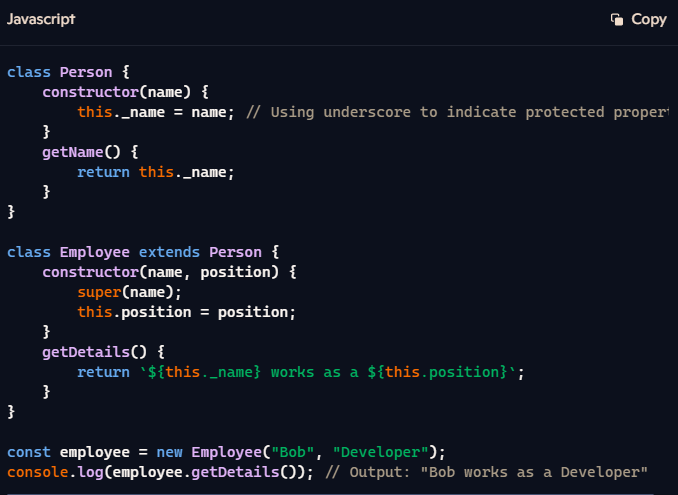React Short Notes - Cheat Sheet

Note: This cheat sheet compiles commonly used React patterns and techniques for quick reference.
A set of ongoing gotchas that will be useful when starting off with React. Bookmark this page for a quick reference to React fundamentals.
Router Exposed
The following util Variables To Props: All components presented by a react-router expose the following objects to props:
- children
- location
- params
- route
- routeParams
- router
Passing Values Down Component with this.props
If we set the following props in JSX:
<MyComponent name="John" age={25} isActive={true} />We can access them in our component like:
function MyComponent(props) {
return (
<div>
<p>Name: {props.name}</p>
<p>Age: {props.age}</p>
<p>Active: {props.isActive ? "Yes" : "No"}</p>
</div>
);
}“Learn the rules like a pro, so you can break them like an artist.” - This applies perfectly to React development, where understanding the fundamentals enables creative problem-solving.
Conditional Rendering
There are several ways to conditionally render components:
Using Ternary Operators
function Greeting({ isLoggedIn }) {
return (
<div>
{isLoggedIn
? <h1>Welcome back!</h1>
: <h1>Please sign in.</h1>
}
</div>
);
}Using && Operator
function Mailbox({ unreadMessages }) {
return (
<div>
<h1>Hello!</h1>
{unreadMessages.length > 0 &&
<h2>You have {unreadMessages.length} unread messages.</h2>
}
</div>
);
}Event Handling
function Button() {
function handleClick(e) {
e.preventDefault();
console.log('The button was clicked');
}
return (
<button onClick={handleClick}>
Click me
</button>
);
}Lifecycle Methods (Class Components)
- componentDidMount(): Invoked immediately after a component is mounted
- componentDidUpdate(prevProps, prevState): Invoked immediately after updating
- componentWillUnmount(): Invoked immediately before a component is unmounted
Hooks (Functional Components)
useState
import { useState } from 'react';
function Counter() {
const [count, setCount] = useState(0);
return (
<div>
<p>You clicked {count} times</p>
<button onClick={() => setCount(count + 1)}>
Click me
</button>
</div>
);
}useEffect
import { useState, useEffect } from 'react';
function Example() {
const [count, setCount] = useState(0);
// Similar to componentDidMount and componentDidUpdate:
useEffect(() => {
document.title = `You clicked ${count} times`;
// Similar to componentWillUnmount:
return () => {
document.title = 'React App';
};
}, [count]); // Only re-run if count changes
return (
<div>
<p>You clicked {count} times</p>
<button onClick={() => setCount(count + 1)}>
Click me
</button>
</div>
);
}This cheat sheet will be updated with more React patterns and tips as they come up! Keep checking back for new additions and optimizations to improve your React development workflow.